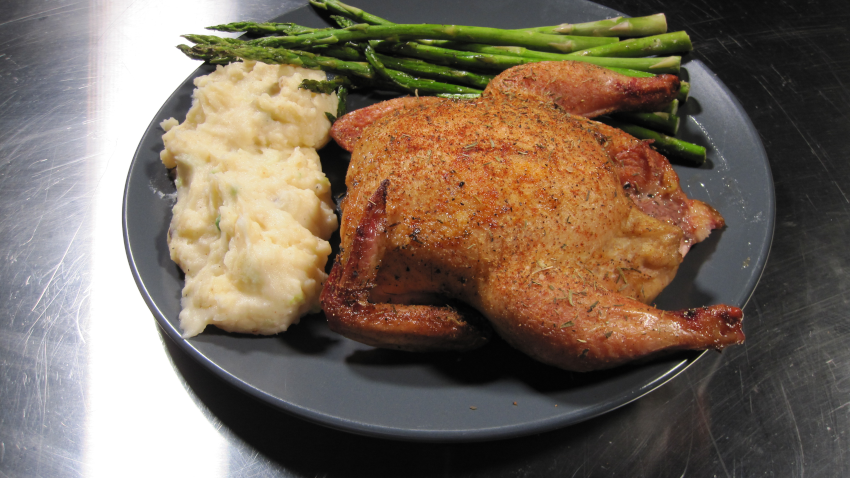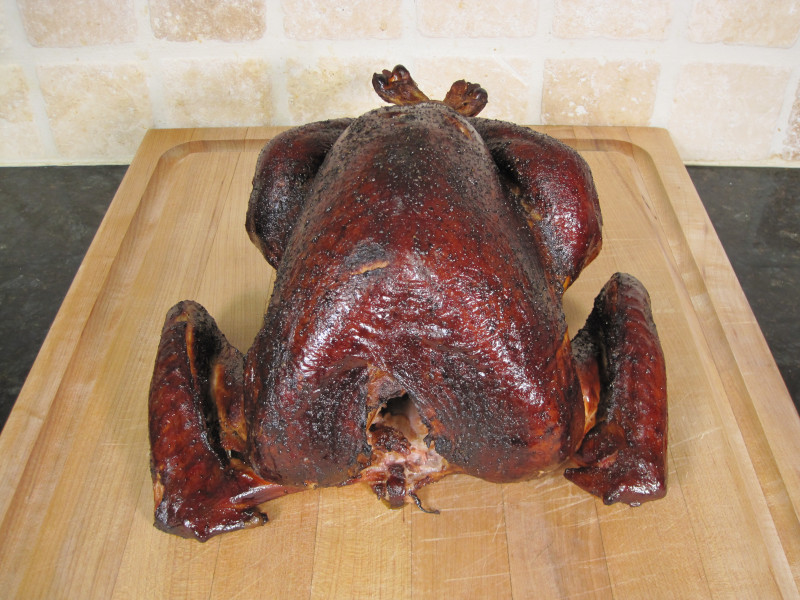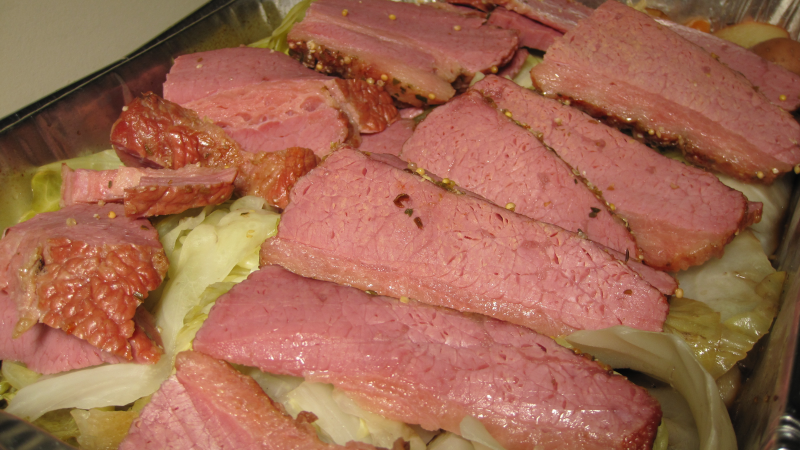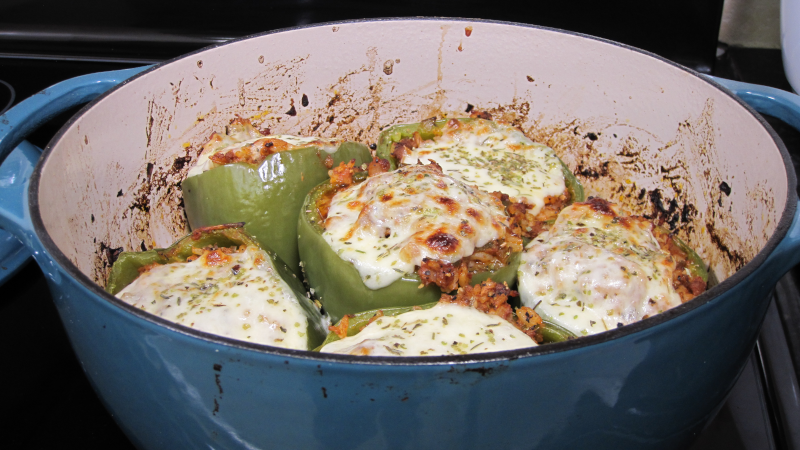Pellet Smoked Cornish Hens

Cornish hens are a flavorful, quick-cooking alternative to larger poultry, and they shine when cooked low and slow with wood smoke. Perfectly portioned for individual servings, they absorb smoke well and cook faster than a whole chicken. With a short brine and a crisping finish at high heat, they’re a great way to bring barbecue flavor to your table without dedicating half the day.
Even better, Cornish hens are often heavily discounted around major holidays — think Thanksgiving, Christmas, and Easter — and are frequently sold frozen as buy-one-get-one (BOGO) deals. They’re compact and freezer-friendly, making them a smart protein to stock up on when sales hit. This recipe lets you turn those freezer finds into an impressive, no-fuss smoked dinner with minimal prep.
Man That’s Cooking
Ingredients
- 2 cornish hens
- 1 tsp onion powder
- 1 tsp garlic powder
- 1 tsp smoked paprika
- 1 tsp kosher salt
- 1 tsp black pepper
- 1 tsp herbs de provonce
Brine Ingredients
- 1 gallon water
- 1/2 cup kosher salt
- 1/2 cup sugar
Directions
In a large container or pot, dissolve the salt and sugar in cold water. Submerge the hens in the brine, ensuring they are fully covered. Refrigerate for 2 – 6 hours.
Remove the hens and pat dry thoroughly with paper towels. Dry skin = better browning. Brush hens lightly with olive oil all over the skin. Evenly coat with your dry rub, or the seasonings listed in the ingredients.
Preheat your smoker to 275°F. Add apple or pecan wood for smoke flavor. If you have one, light a smoke tube for better smoke output during the short cook. Place the hens breast side up, evenly spaced on the grill grates. Smoke for 30 minutes at 275°F. Rotate the birds halfway through if one area of your smoker is hotter than another.
Increase the smoker temperature to 380°F. Continue cooking until the internal temperature reaches 165°F in the thickest part of the breast. This typically takes an additional 30–45 minutes. If skin isn’t browning well, you can finish the birds under a broiler or a gas grill 3 – 4 minutes to crisp.
Allow to rest 10 – 15 minutes before serving.
 Print This Recipe
Print This Recipe
Watch How To Make This Recipe







